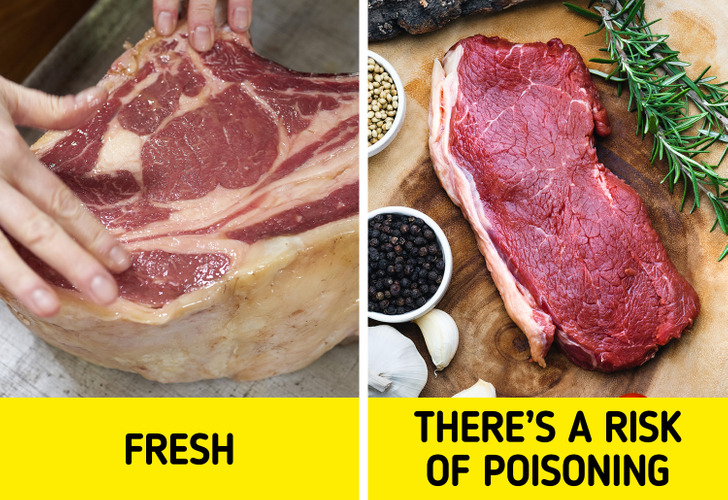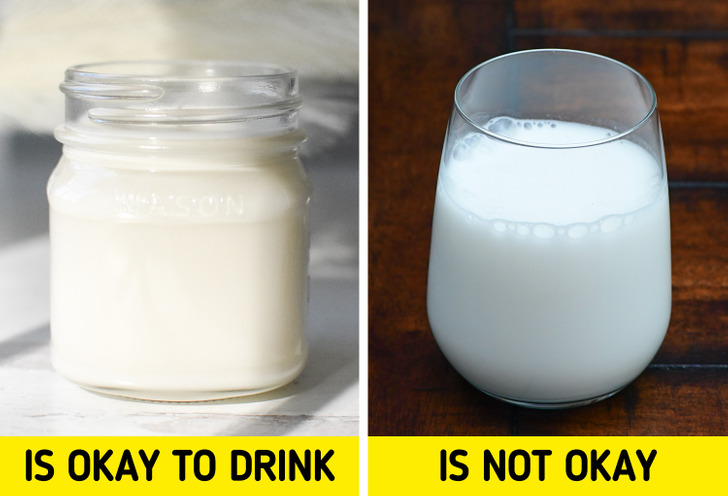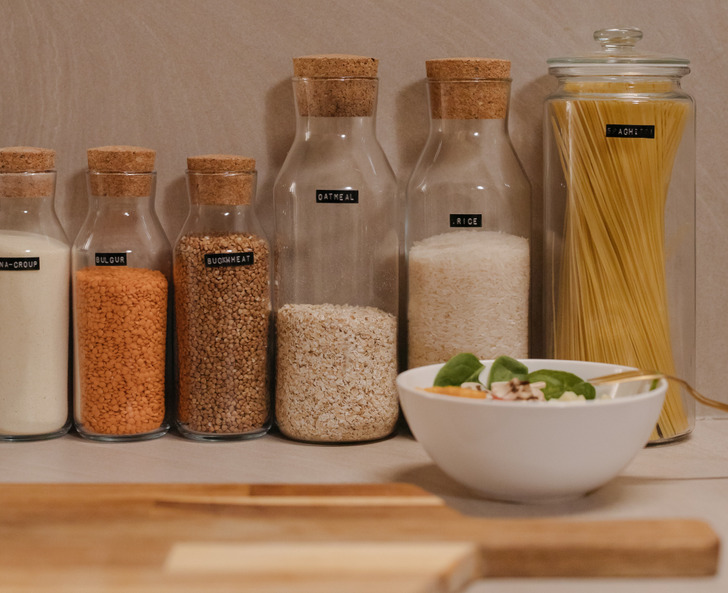Woah! It's help my life very much
9 Secret Grocery Shopping Tips You Need to Know
We all want to see only fresh food in grocery stores and supermarkets, however, the reality of this is quite different. Expired foods sit next to fresh ones on store shelves, and it’s not that easy to tell them apart.
1. Fish
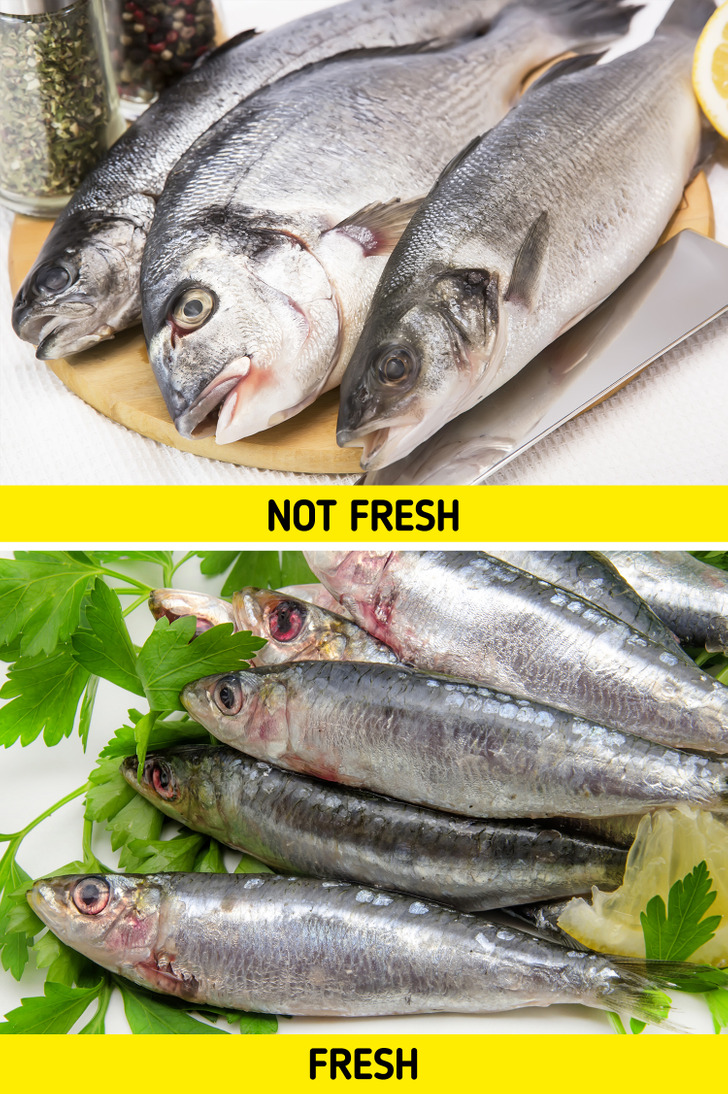
Fresh fish never has a strong fishy odor, just a mild characteristic aroma. A freshly-caught fish can also reveal itself with its gills, which should be red or pink.
Frozen fish should have the same smell as fresh fish. However, while fresh fish is best consumed within 2 days, frozen fish can be stored in the freezer for up to 3 months.
2. Meat
Unfortunately, it’s not that easy to tell whether meat is fresh or not. When buying it, you should pay attention to several factors at once: the color, smell, and even your feelings when you touch the meat. Fresh meat is always solid, and when you press it, the indent quickly returns to its original shape. If the indent on the meat remains, the beef, pork, or poultry is stale.
3. Milk
The main criteria for milk freshness are the smell, taste, and color. Even though the first 2 things can be checked only after purchasing the milk, its color can be seen right in the store. Fresh milk has a pure white color with a yellowish tint.
4. Cereals
Cereals also have their own expiration date. Corn, wheat, rice, and oat cereals remain fresh for up to 5 months, but only if they are stored in the refrigerator. If you keep them at room temperature, they will stay fresh only for 1 month.
5. Eggplant
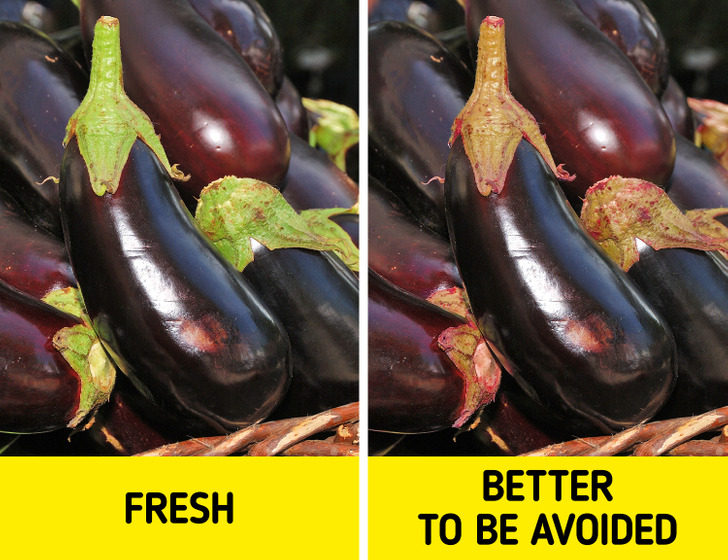
Although you can usually tell how fresh fruit and vegetables are by looking at how withered they are and whether they have soft spots, eggplants have another feature you can check their freshness by — their stems. If the stem is browning and changes color from green to reddish, it’s time to discard the eggplant.
6. Butter
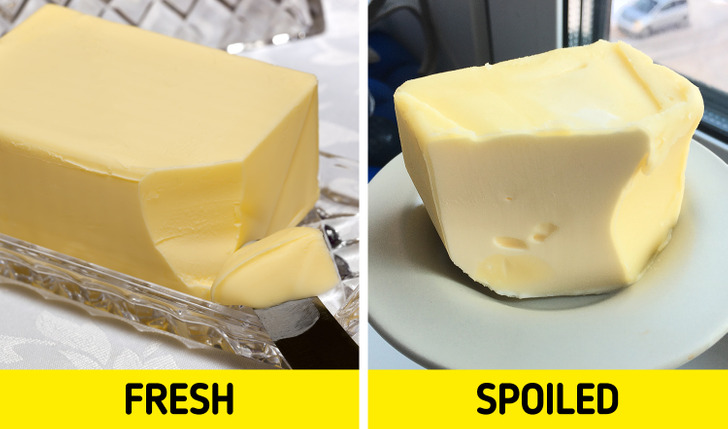
Although unopened butter can last for up to 9 months in the freezer, cut off a piece of it and look at the color before using it. If the inside of the butter has the same color as the outside of the butter, this means that the butter is fresh and safe to consume. If the inside of the butter is lighter than the outside, this means that it’s oxidized and is no longer fresh.
7. Persimmon
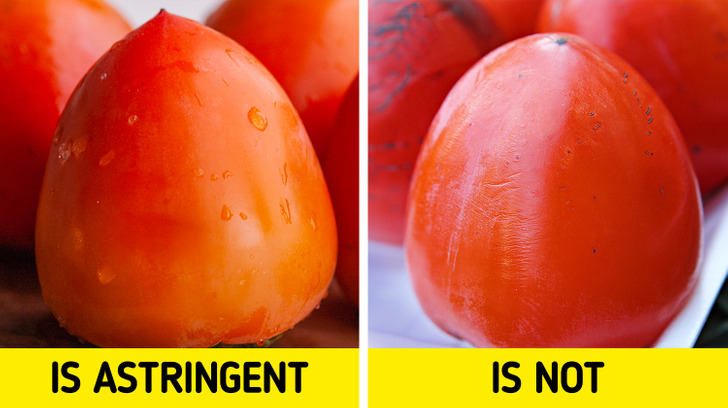
Choose persimmons that are deep orange or red in color. Dark spots on the skin are usually harmless unless the flesh next to them is sunken or broken, which is a sign of decay.
If you don’t like the astringent taste, you should make sure that persimmons are ripe before use. A ripe fruit is so soft that its flesh can even break through the skin.
8. Oysters
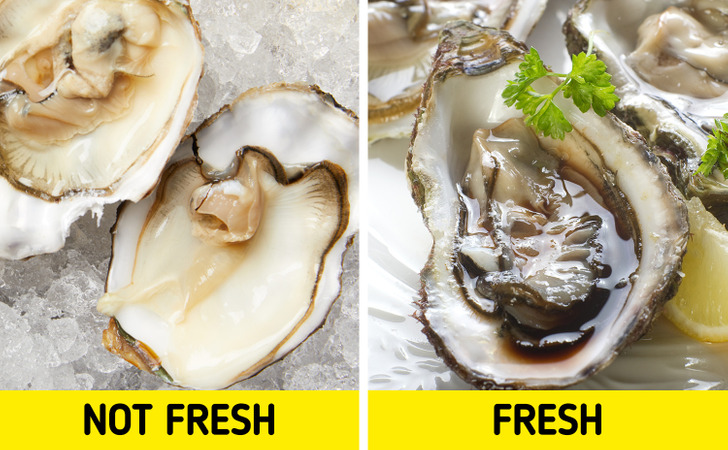
The freshness of oysters can be determined by their color and smell: they are usually plump with a glossy, tan color. Bad oysters, on the other hand, look dry and cloudy and also have a strong fishy smell.
9. Caviar
The best way to check the freshness of caviar is to smell it. Fresh caviar has almost no smell, while spoiled caviar has an overpowering fishy smell. If you still have doubts about whether the caviar is fresh, try pouring water on it: fresh caviar should sink to the bottom, while sour or expired caviar will float to the surface.
Do you know any other methods of checking the freshness of food? Tell us in the comments below.
Comments
the eggplant is the same just different filter
Related Reads
How to Answer Uncomfortable Questions So That People Don’t Ask Them Again

16 Designers Who Threw Their Common Sense Out the Window and Made Us Suffer

8 Signs You’re Exceptionally Smart, Even If You Don’t Feel You Are

24 People Who Wonder If Their Co-workers Come From Another Planet
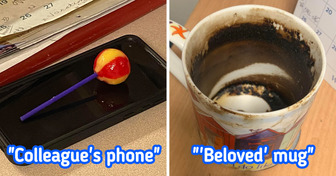
10+ People Who Wanted to Be on a Winning Streak in a Situation but Failed Drastically

People Decided to Share Pics of Their Wives, and We Couldn’t Love Them More

18 People Whose Self-Awareness Decided to Take a Vacation

15+ Times People Saw Something That Tickled Their Funny Bone

I’m Sick and Tired of My Friend Always Being Late, So I Taught Him a Lesson

“Screams Desperation,” Nicole Kidman, 56, Stuns in a Risqué Dress, But People Say It’s Not Age-Appropriate

Salma Hayek Celebrates “Bikini Day” in a String Swimsuit That Left Us Stunned

Zac Efron’s Appearance a Few Days Ago Leaves Fans Shocked and Worried

